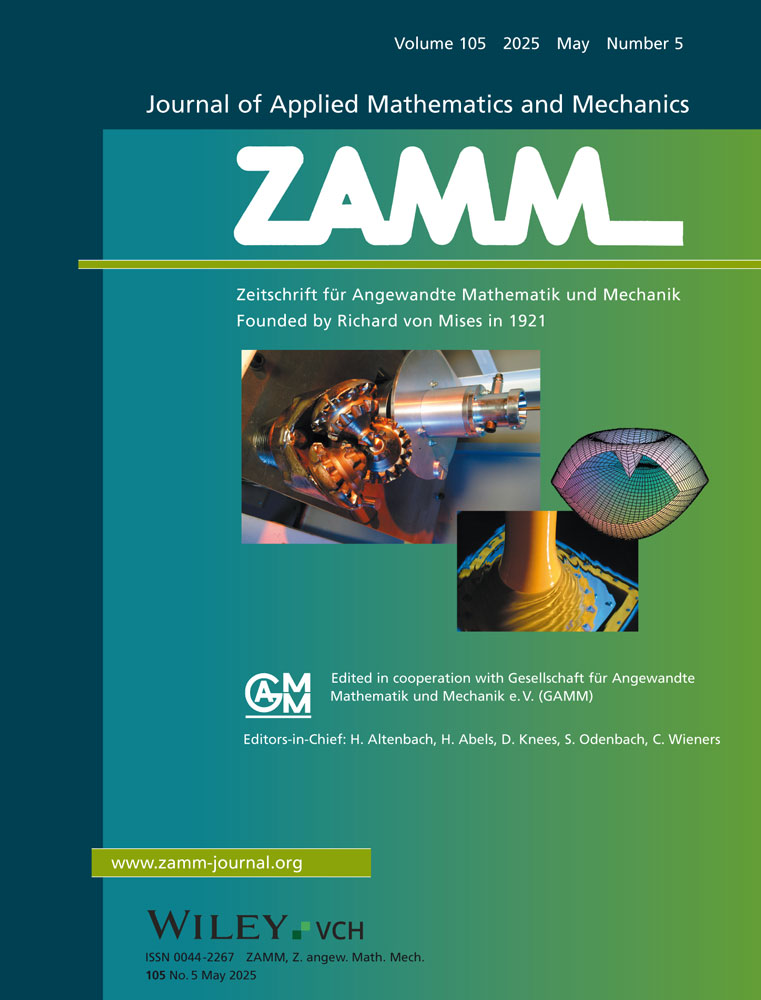Analysis of the quality factor in microbeam resonators with memory effects
Abstract
The Quality factor (Q-factor) of a microscale resonator is defined as the ratio of the kinetic and potential energy to dissipation for various damping mechanisms of the structure. Therefore, improvement in the Q-factors is an essential factor in micro and nano-resonator applications for the high performance. It is well known that the thermoelastic damping (TED) is more decisive than other damping factors in devices as it is considered to be the source of intrinsic energy dissipation. Due to the influence of small-scale effect, the classical analysis model of TED fails in micro/nano-scale structures. The present article investigates the Q-factor of TED for a microbeam resonator. Heat conduction equation for the present analysis is considered in the context of Moore–Gibson–Thompson theory incorporating the memory dependent derivative within a slipping interval. It is assumed that both the upper and lower surfaces of the micro-mechanical resonator is thermally insulated. According to the assumption of vibration mode and the boundary conditions, the size-dependent Q-factor expression of the TED is derived on applying the complex frequency method. The numerical simulation investigates the contrasts between different kernel function of the heat transport process. The variation of TED versus the length and height of the microbeam resonator have been studied. According to this study, TED is suppressed as the magnitude of the time-delay parameter grows, leading to an improvement in the Q-factor of the microscale beam. Furthermore, it can be concluded that a nonlinear kernel yields a greater quality factor (Q) of the resonator's sensitivity when compared to the other kernel function possibilities.
CONFLICT OF INTEREST STATEMENT
The authors declare that there is no Conflict of interest.




